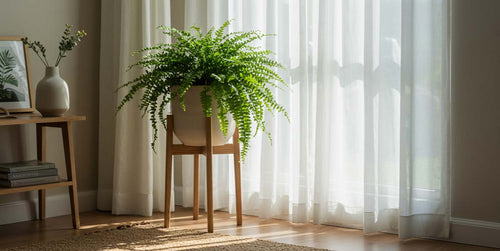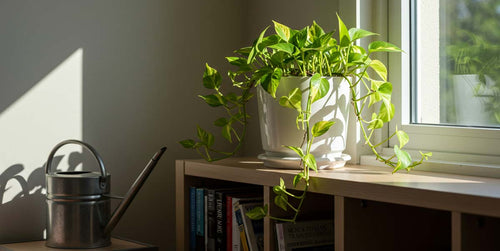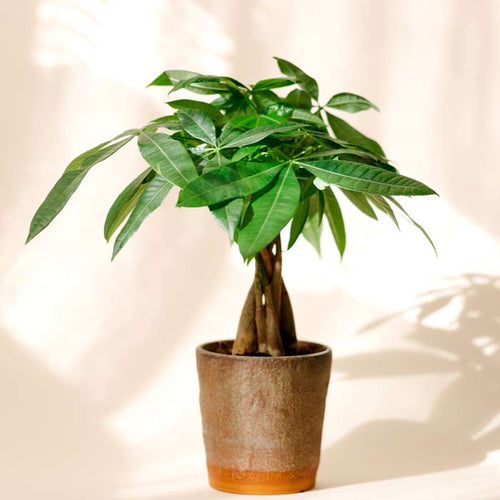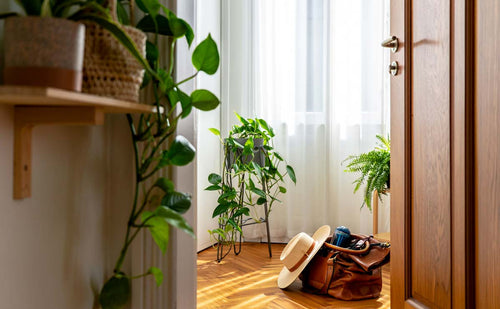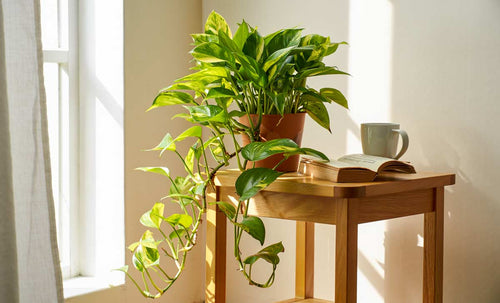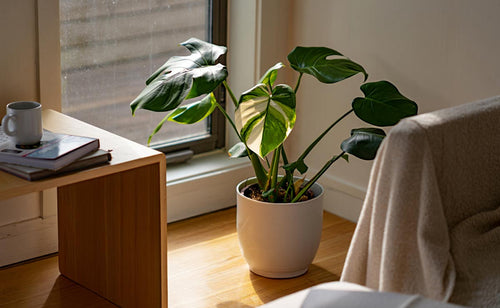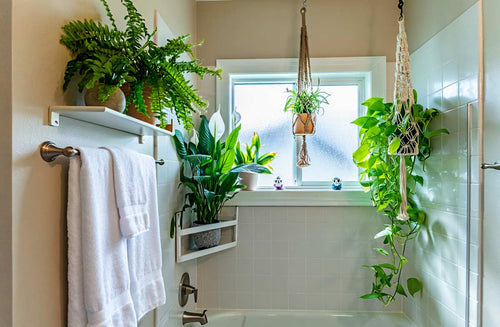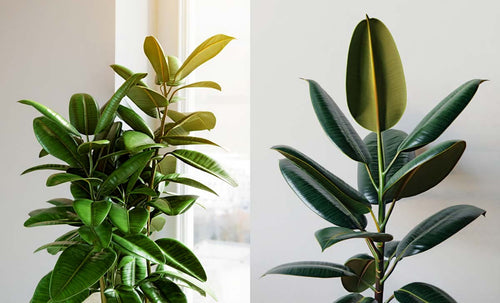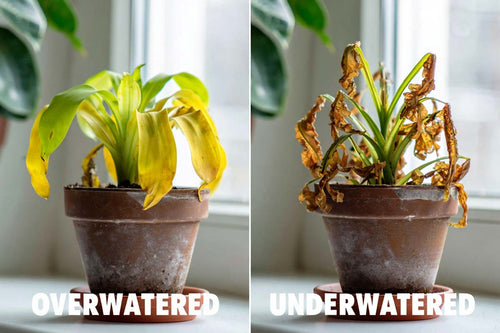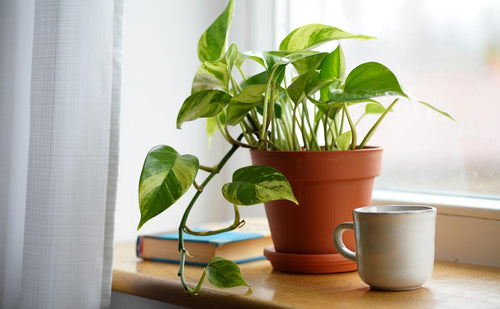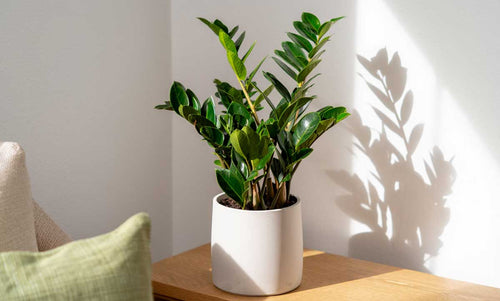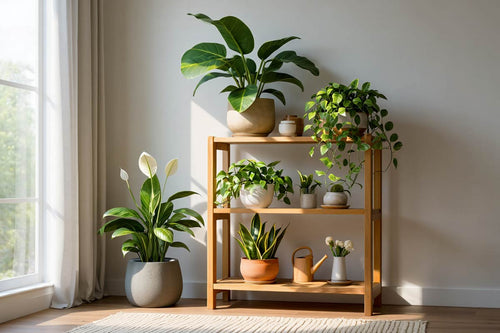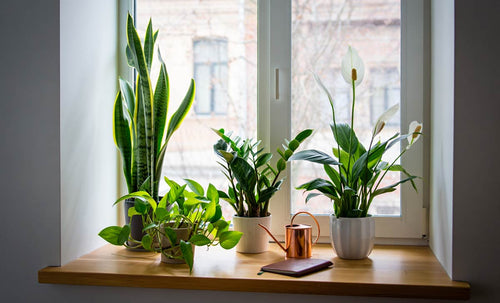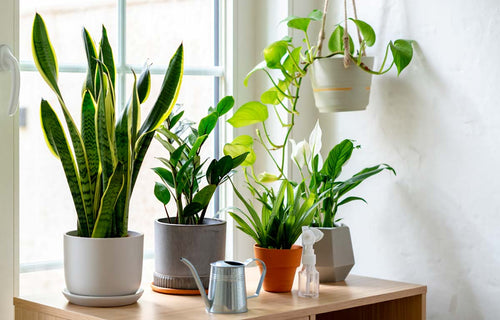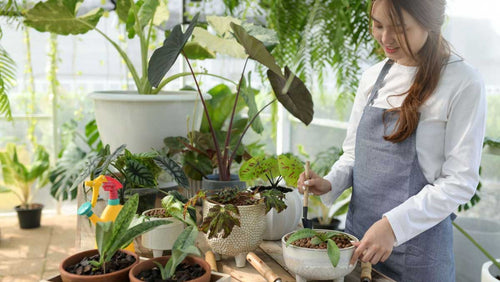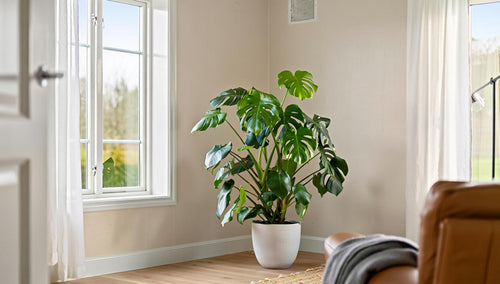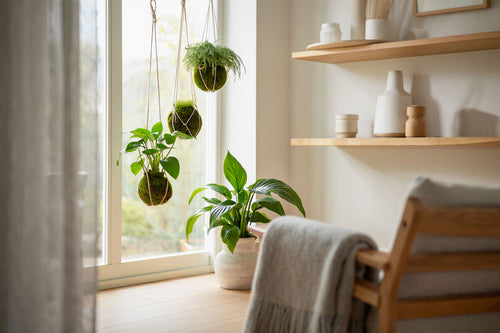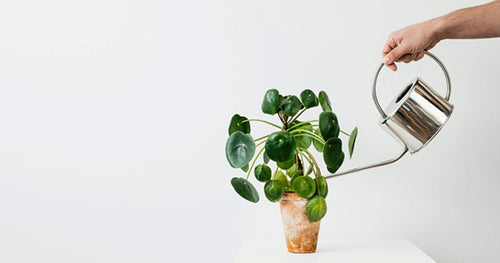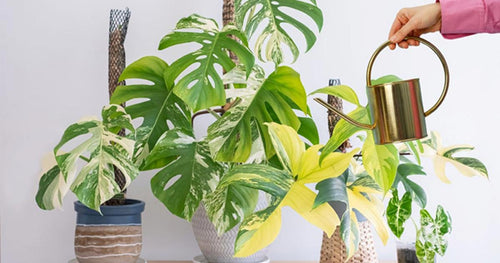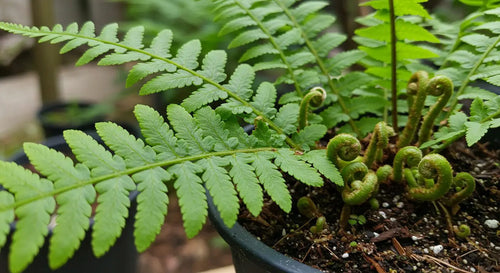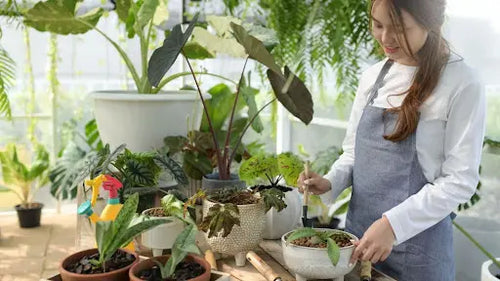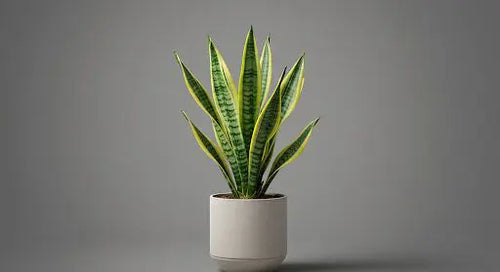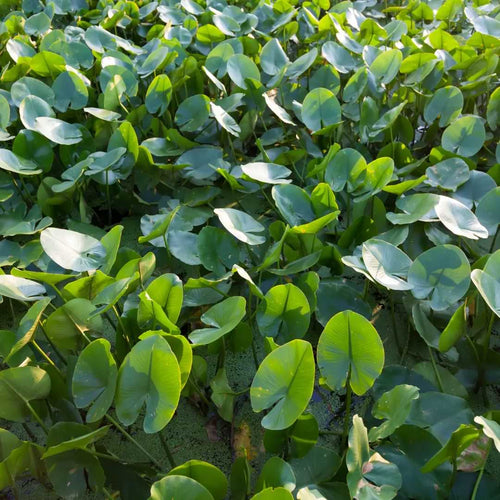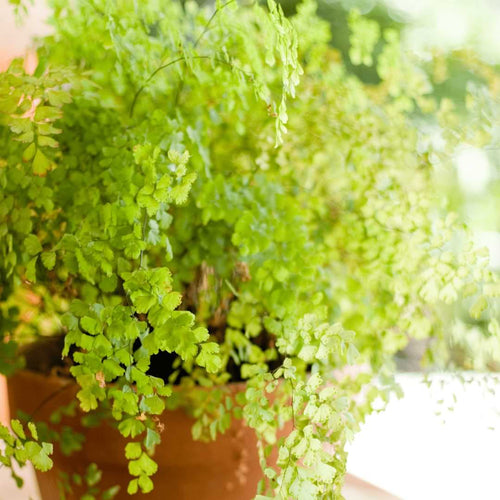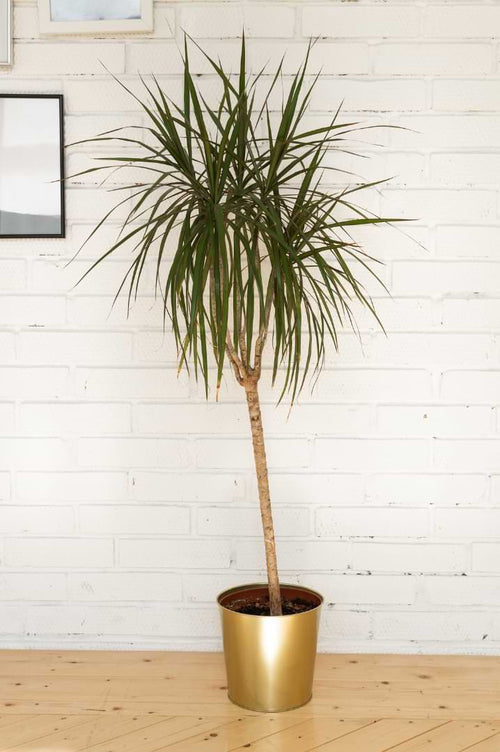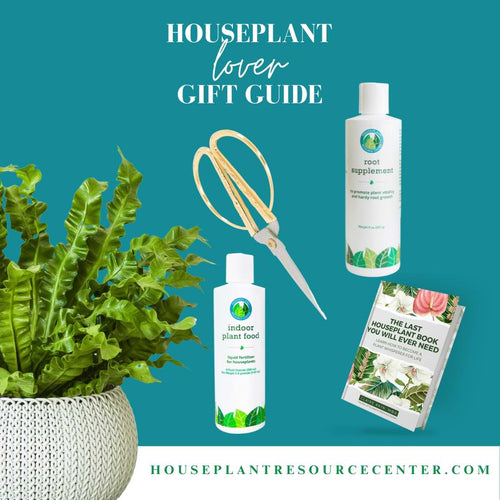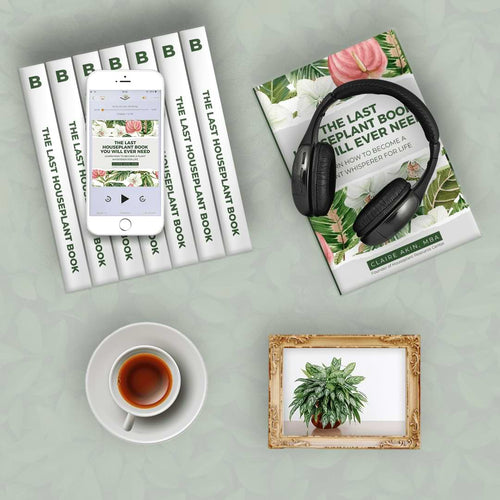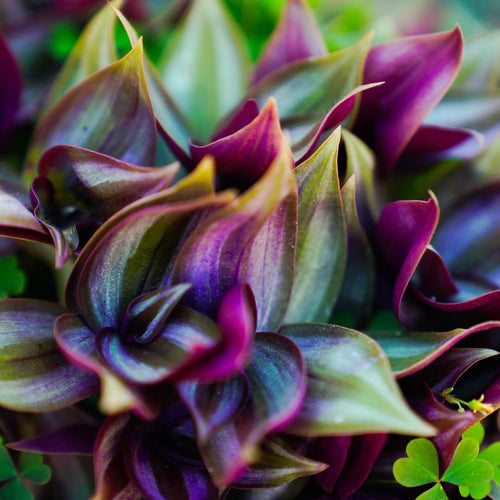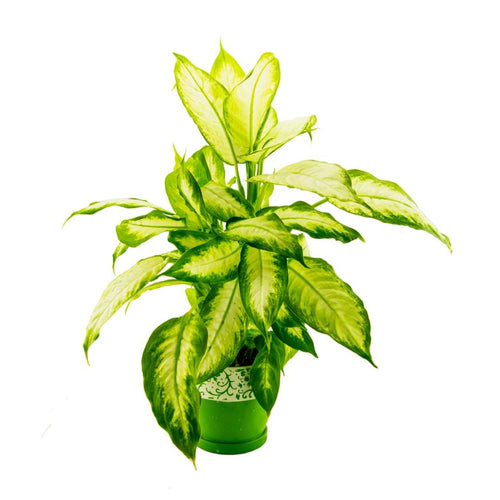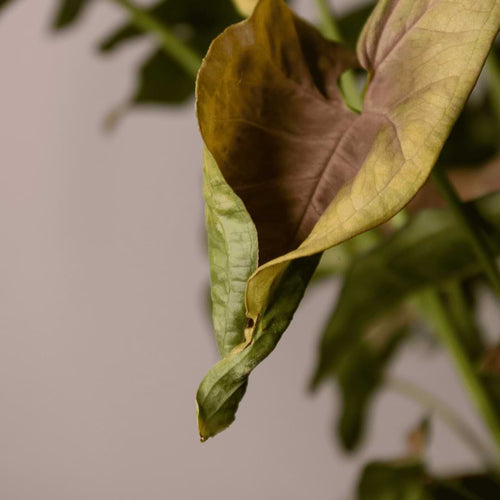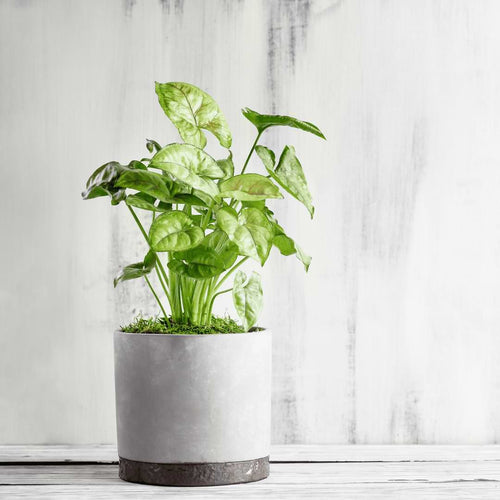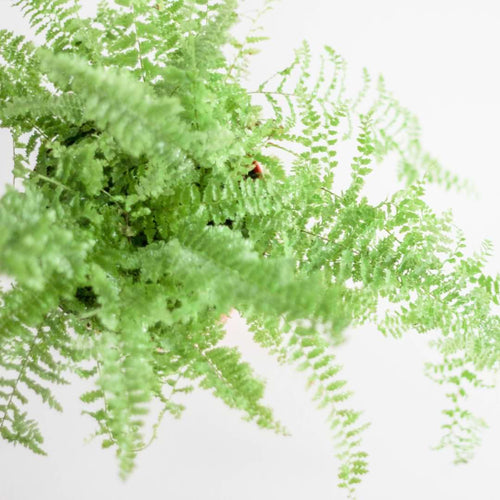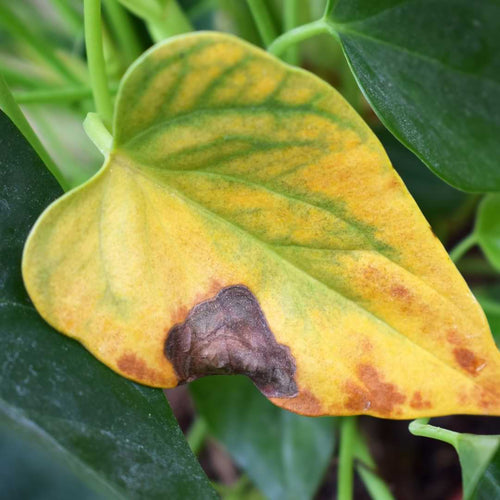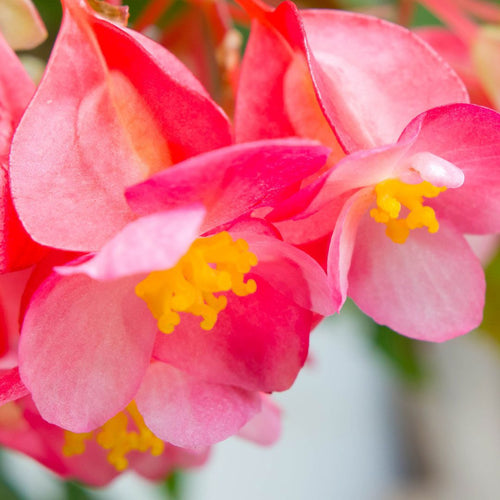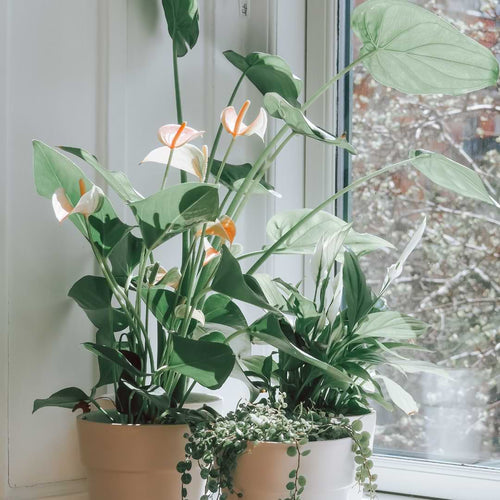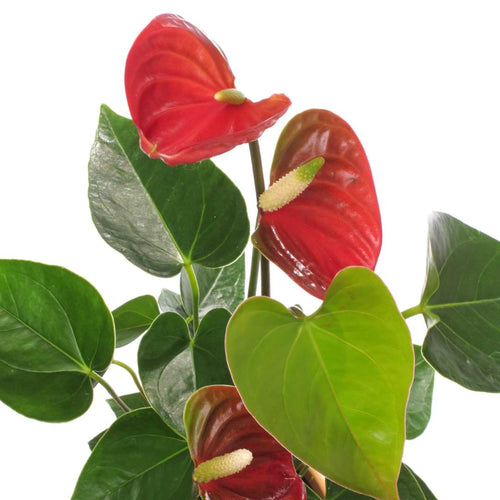Jade Plant Care: Easy Steps for Thriving Greens
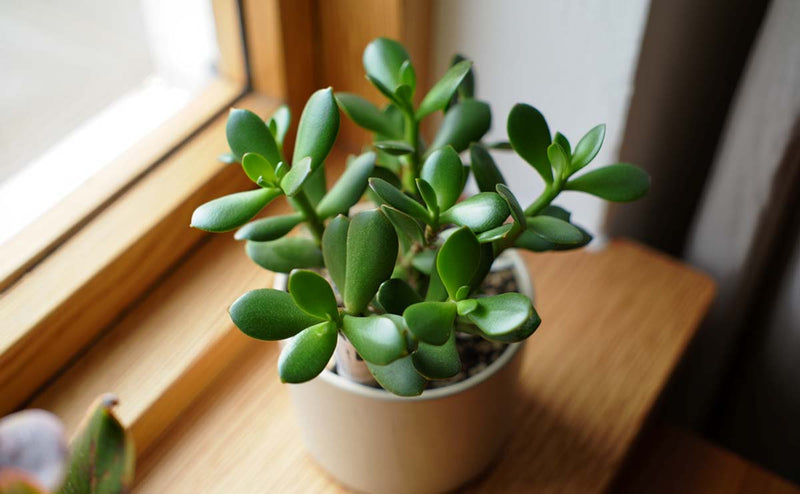
Jade plants hold a special place in the hearts of plant enthusiasts. With their thick, glossy leaves and tree-like structure, they add a touch of elegance to any room. These succulents are known not just for their striking appearance but also for their reputation as symbols of luck and prosperity. For many of us looking to nurture our home gardens, jade plants offer a blend of beauty and resilience, making them perfect companions for both seasoned plant lovers and those just dipping their toes into the green world.
Their ability to thrive with minimal effort is another reason why jade plants are a top pick for indoor gardeners. They don't demand constant attention, making them ideal for busy folks juggling multiple responsibilities. Whether you're a novice plant parent or someone with a house full of greenery, learning how to care for a jade plant can enhance your indoor oasis and bring a sense of tranquility to your living space.
Finding the Perfect Spot for Your Jade Plant
Placing your jade plant in the right spot is key to its happiness. These plants love bright, indirect light. A windowsill that catches the filtered morning sun can be their paradise. While they can tolerate direct sunlight, especially in cooler months, too much strong light during the day might leave them a bit sunburned. If you notice browning tips, it might be time to shift them to a spot with less intense rays.

The seasons can impact where your jade plant feels most at home. In summer, consider moving them a little away from windows if the sun is too strong. In winter, you might need to bring them closer to make the most of shorter daylight hours. By adjusting their position with the seasons, you’ll help create an environment where your jade plant can keep growing strong year-round.
Watering Your Jade Plant Properly
Watering a jade plant might seem tricky, but once you get the hang of it, it’s pretty simple. These succulents prefer their soil on the dry side, so letting the soil dry out completely between waterings is important. A good rule of thumb is watering every two to three weeks. But you’ll want to adjust based on your climate and how dry the air in your home feels. If the leaves start wrinkling or look thin, they probably need a drink.

Overwatering is one of the more common problems jade plants run into. Soggy soil can lead to root rot. To avoid this, make sure your pot has drainage holes. Use well-draining soil that might include sand or perlite, which helps move water through instead of trapping it. It’s easier to fix a thirsty jade than one that’s been drowned, so when in doubt, wait before watering.
Pruning and Maintenance Tips for a Healthy Jade Plant
Pruning your jade plant keeps it looking full and lively. Trimming back overgrown stems helps the plant grow bushier and healthier. Think of pruning like giving it a tidy haircut. It’s best to do this in early spring before the main growing season kicks in, but a little cleanup any time of year works too. Use clean, sharp scissors or pruners to cut away leggy stems or dried-out leaves.

Another quick tip that makes a huge difference is cleaning the leaves. Jade plants have shiny, bright green leaves that can collect dust over time. Wiping them gently with a soft, damp cloth every few weeks helps them stay glossy and lets more light get absorbed. It also gives you a chance to spot any pests or problems early on.
Common Issues and Solutions for Jade Plants
Even the toughest plants run into some trouble now and then. Jade plants are pretty forgiving, but it helps to know what to look for.
1. Leaf dropping
If your jade plant is dropping leaves, it could be from overwatering or low light. Let the soil dry out fully between waterings and move the plant to a sunnier spot if it's looking sad.
2. Yellowing leaves
This might be caused by too much water, poor drainage, or not enough nutrients. Make sure water isn’t sitting in the pot. Consider adding a balanced fertilizer now and again to give your jade a boost.

3. Pests
Mealybugs sometimes show up on jade plants. They look like tiny white cotton spots. You can get rid of them by dabbing with a cotton swab dipped in rubbing alcohol. Check all the leaves, especially under them, and repeat every few days if needed.
If you’ve tried everything and your jade still seems off, it might be time to repot. Roots need room to grow, and fresh soil helps refresh the plant. Choose a slightly larger pot with good drainage and fresh succulent soil or a sandy mix that drains well.
Make Your Jade Plant Thrive
Taking care of a jade plant can be simple and satisfying. From finding the right light to picking a good pot and watering the right way, these little tweaks help your plant stay healthy and happy. Pruning and cleaning now and then keeps it in good shape, and knowing what to look for when it’s stressed helps catch any issues early.

If you're excited about growing your jade collection, check out our resource on jade plant propagation. It’s a fun way to take your houseplant adventure to the next level. Watching your plant grow from a small cutting is its own kind of joy and a great way to spread green goodness throughout your home.
Keep checking in with Houseplant Resource Center for more tips and fresh ideas to make your indoor garden thrive. Whether you’ve got just one jade or a whole mini jungle, we’re here to help you grow with confidence.
For more simple and effective plant care tips, don’t miss our take on easy houseplants for beginners. Whether you're just getting started or want to grow your collection with low-maintenance options, these ideas can help your space stay lush with less hassle. At Houseplant Resource Center, we’re all about making plant care feel approachable, fun, and doable—even on your busiest days.
Beginner Friendly, Care Guide, Growth, Indoor Plants, Jade Plant, Light, Low Maintenance, Plant Food, Pruning, Root Supplement, Smart Gravel, Soil, Succulent Plants, Watering




